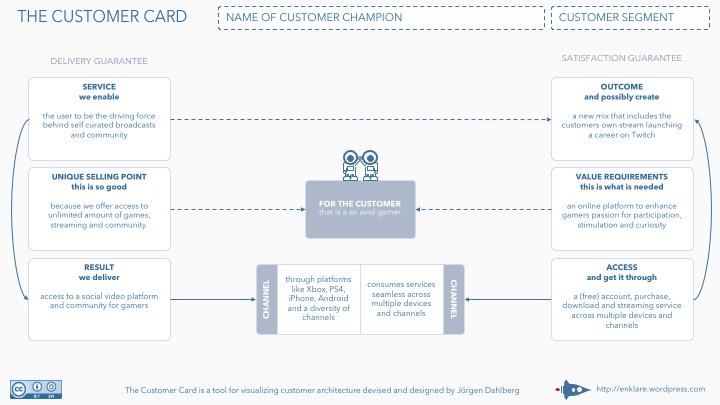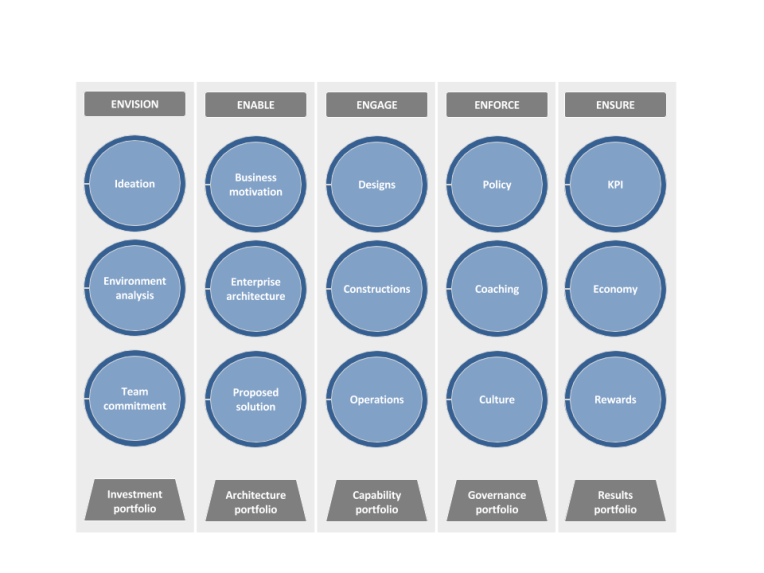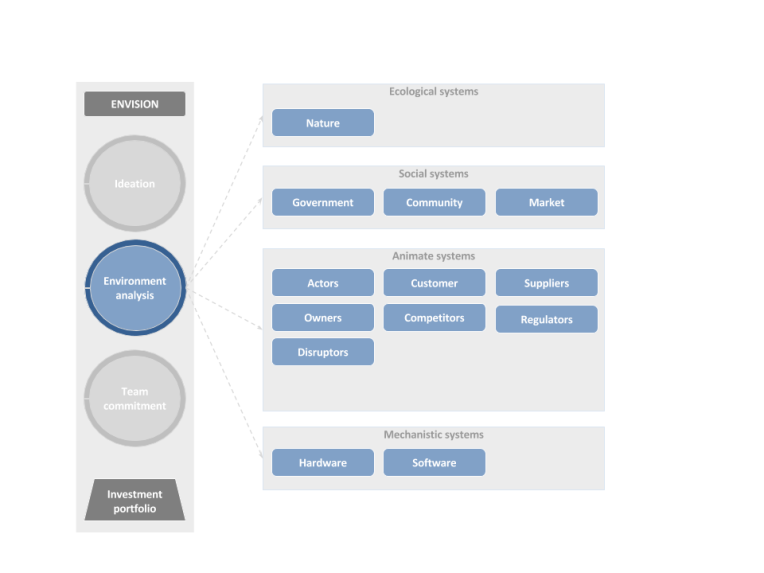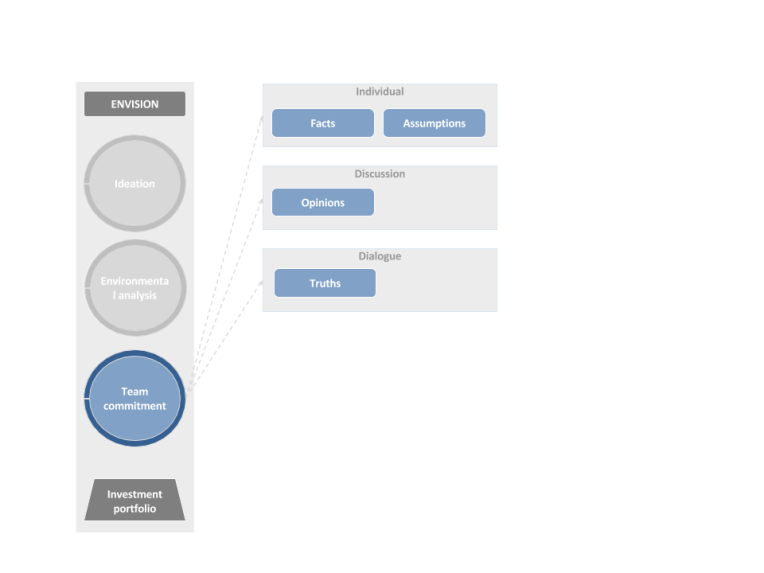The current situation
There is a huge gap in insight as to what a digital business really is. Today when I hear business leders talk about going digital it’s mainly revolving around four scenarios.
- The first scenario is to connect all the systems together though some sort of integration.
- The second scenario is to reach the customer via apps over channels like smartphones, webb and make the experience omni.
- The third scenario is to automate as much of the work as possible via some sort of BPM effort.
- The fourth scenario is to put things in the cloud.
All four scenarios are valid efforts and should be taken into consideration as they will build a foundation for what needs to be. However this is not what defines a digital business.
Truly going digital means operating the business through a digital representation and this means that the models in the business repository has to (inter)face with reality.
The emerging situation
Principle #1: Don’t put anything in the repository to which you cannot attach a realtime data stream.
Why: All the things you have in the repository is a logical representation of something that is a real thing in a business perspective. Not collecting and displaying data from that real thing and associate that with the logical representation means that you really don’t have a clue about what is happening, what could happen and what will happen. To put it bluntly – you are just playing in the sandbox.
How: Attach the Customer, Financial, HR, Change and Production data streams to your repository, filter out the things that you need to display with the model element and put the rest on a query basis.
What: Use of complex event processing, analytics and decision support over the data in the repository means that early signs of change should be detected and action can be taken directly with a full insight into the consequence. Having this capability means that the business will become more efficient. On the inside you will have to redesign your workflows as they could now become automated by large and further the digitalization of the business.
Outcome: The business is agile, predictive and profitable in proportions never experienced before.













